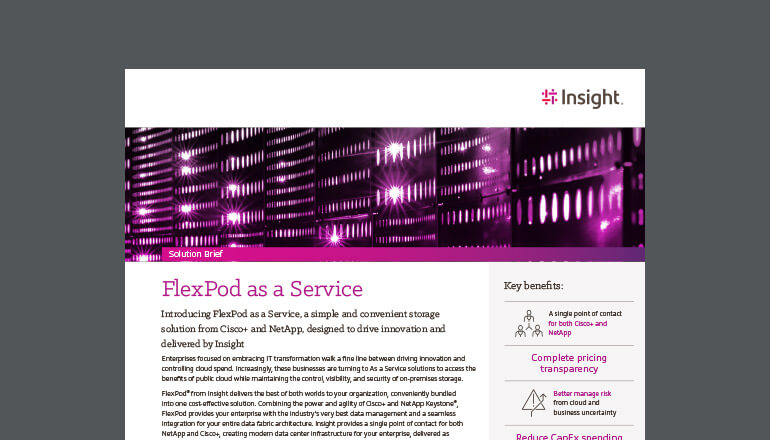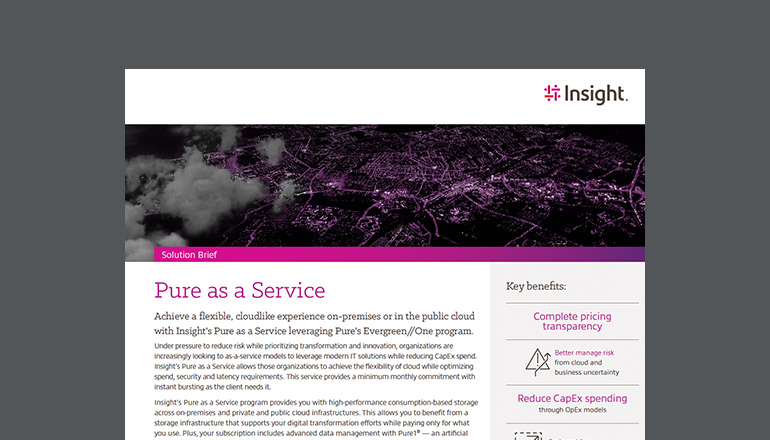
Remember when IT pros were reluctant to move basic Office 365 to the cloud? Or when it felt absurd to think about workers answering email on airplanes? Augmented reality in the workplace? Yeah, right.
Metaphorically, in that big ocean of technological change, there’s an appeal for businesses to ride the waves. But doing so is hard, and each wave seems to be more daunting than the last.
Modern IT management is a big wave.
The IT industry has been moving toward a more unified approach to IT management for some time now. Modern IT management is about consolidating tools that embrace cloud centricity and make life easier for IT — whether that’s with provisioning, patch management, pushing out applications or anything in between.
The move to the cloud is on. This infographic breaks down 21 stats on cloud adoption — and gives 7 best practices for migrating.
Many of the clients I work with use a big jumble of tool sets. They may image a machine and manage it with a tool set meant only for that device. For another device, they use another tool set. One tool for anti-virus. Another for encryption. It’s a very fragmented environment.
When fragmentation is all you know and nothing breaks down completely — and you use numerous resources to maintain that environment — the risk of adopting something new might feel scary.
Unfortunately, fear isn’t sustainable in the IT industry (if you’re not willing to face it head-on).
Eye-openers
Because technology forces change, and companies are becoming tech companies at heart, we’re all being nudged down a different path.
An eye-opening tech report: The 2018 Insight Intelligent Technology Index surveyed IT decision-makers to understand the impact of tech on business. See the findings.
I’ve found that companies addressing their fear of change experience a catharsis of sorts. Based on conversations I’ve had with clients, they’re coming to these realizations:
- The efficiency gains are remarkable.I once had a client who told me it took five hours to image one machine. Don’t get me wrong, the process was clearly defined. The machine would go to one group that would throw the image on, another group to set it up for users and then a third group to help users transfer all of their data. But with the evolution of technology to a cloud provisioning model, it just doesn’t make sense to spend that much time and resources on such an inefficient process.
- Fragmentation is costly.This notion goes back to management tool sets. Although the saying goes, “If it ain’t broke, don’t fix it,” our clients are finding it’s a short-sighted view. Outside of licensing costs, the operational costs associated with supporting an increasing number of devices, dealing with maintenance windows and everything under the sun are really starting to weigh down financially on the business.
- It’s a journey, not a leap.Many clients aren’t fully ready to release what they have on premises to the cloud. That’s OK. We know there are limitations with legacy apps and deployment, and some things will simply have to stay on premises — for now. As tech inevitably evolves, more companies will make the shift to the cloud. An encouraging way to think about it is that modern IT management is still in its infancy. Businesses may be behind that curve, but we’re all evolving here.
- We’re all moving in the same direction.Take it from Brad Anderson, corporate vice president of Microsoft, who Tweeted some reassuring social proof stats on Microsoft Enterprise Mobility + Security (EMS):

As of July 7, 2018, EMS has 85,000 customers (a 13,000 increase in 90 days alone) and 82 million active licenses in the EMS stack (up 55% in 90 days). This growth is huge, but mostly, it’s reassuring that businesses are moving toward cloud-based management.
I believe fear can lead to all kinds of positive change. Fear makes people hesitant, but think of it this way: The more hesitant an organization is to ride the big wave of change, the more time it has to think things through, build a strategy and have some great epiphanies along the way.




